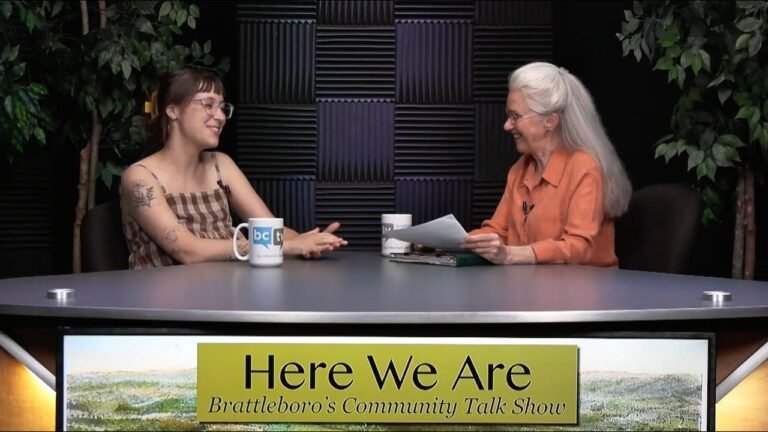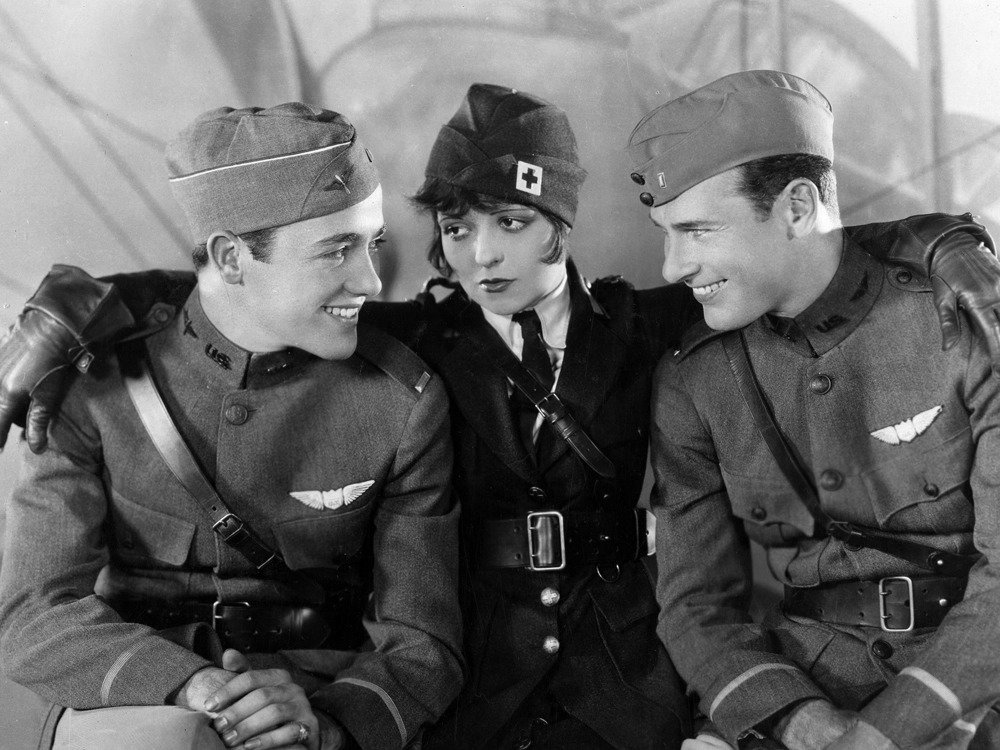
A thrilling cinematic window into history, the groundbreaking creation of two WWI aviators, WINGS features stunning aerial cinematography, death-defying stunts and a battle sequence that puts an exclamation point on the technical innovation and realism of the film. Co-starring Clara Bow! Free Admission for Veterans.
Doors 7:00pm, Film begins at 7:30pm. Veterens can use code: VETERAN at checkout for free admission. Popcorn and Refreshments are included! The film runs 180mins, there will be one intermission.
“Seeing WINGS on the big screen allows contemporary audiences a window into the era of World War I, and is a great opportunity to appreciate what earlier generations of servicemen and women endured during a war that has faded somewhat from our collective consciousness, but had defined life in the United States for a big chunk of the 20th century. This film captures how World War I affected the nation, and also shows in detail what it was like to serve one’s country a century ago.”
-Jeff Rapsis who specializes in film music will create a live score for ‘Wings’ on the spot, improvising the music as the movie unfolds to enhance the on-screen action as well as respond to audience reactions, creating a dynamic energy, connection, and impact to the cinematic experience.
Wings is best known today as the winner of the first Academy Award for Best Picture—the only silent film to ever win in that catagory, although F.W Murnau’s masterpiece Sunrise won the award for “Artistic Quality of Production” the same year.
One of the biggest productions of 1927, with a $2-million budget and aerial sequences that thrilled a public made aviation-conscious by Lindbergh’s nonstop transatlantic solo flight (made just three months before the premiere of Wings). The film was the first big assignment for its young, 30 year old director William Augustus Wellman, who became a daring ace pilot at the age of 19, flying with the famed Lafayette Flying Corps of the French Foreign Legion. Hit by German anti-aircraft fire he suffered a near fatal crash that broke his back in two places. He was awarded the coveted Croix de Guerre for his heroic efforts during the war. Because he knew from experience, Wellman insisted on extreme realism in the battle depictions, which led to technical innovations and effects that changed filmmaking forever and continue to mesmerize audiences Today.
To achieve the extraordinary effects of “Wings” stars had to be stuntmen, actors, pilots, and cameramen all at once
In 1927, almost all of the aerial dogfights and battle sequences had to be done practically, as there was no other option. As a result, many of the trench assaults on the ground were actually filmed with thousands of U.S. Army personnel as extras, and many of the Army’s attack planes were used in the aerial shots. There were even some actual live explosions used on the set to simulate the effects of mortars and bombshells.
In the air, though, the work that went into filming the dynamic dogfights was even more harrowing. In order to film the aerial scenes where German and American planes are going down in flames, the stunt pilots flying those planes had to go into convincing dives to the ground while trailing smoke — and ideally not actually crash to their deaths while they pretended to.
The amount of death-defying stunt work that had to be done in order to bring these scenes to life was remarkable, and sometimes downright unbelievable. As space was at a premium in the aircraft, most of the time the pilots had to operate the cameras that were bolted to their planes themselves, with no actual camera operator there. In one memorable scene, for example, Frank Clarke, playing a German, was required to fly up to 6,000 feet, switch on his camera, shudder as though he had just been hit by a bullet, open his mouth to release a spray of fake blood — (chocolate syrup, apparently, long before Hitchcock used it in Psycho)— deploy the prop that would make it look as though his plane was trailing smoke, let go of the yoke and steer the plane into a tailspin with his feet while he sat limply in the cockpit as if dead, as he plummeted for thousands of feet — while presumably resisting every temptation that had been trained into him as a pilot to do something when your plane spins out of control.
Not entirely unexpectedly, there were a number of injuries on set, and while there were far fewer than you might expect for a film this expansive, they were severe. One stuntman broke his neck while crashing his plane, and one of the U.S. pilots flying in the scenes actually died when his plane crashed.
Of course, one of the central problems of filming had to do with the fact that the aerial shots focusing on the two lead actors could not be done by stuntmen and professional pilots. For Richard Arlen, the problem was not quite as daunting as it might have been: he had actually been a pilot in the Royal Canadian Flying Corps in WWI, and knew his way around an airplane even before the film. Charles Rogers, on the other hand, despite being the lead actor, could not fly a plane when filming started, and needed to learn over the course of the shoot. He did so, and eventually even became a test pilot in World War II. What each of the actors had to do, though, was fly a plane to a certain altitude, position the shots in the sky for maximum effect, capture the clouds and enemy planes in the background, operate the cameras themselves, and also, of course, act while flying the plane and working the camera. The government willingly cooperated, supplying hundreds of planes and the services of thousands of trained soldiers and pilots. They even allowed the production to commandeer air force schools near San Antonio, Texas, for the film’s location work.
-Patrick Lyon, Collider
About the Live Musical Score:
Jeff Rapsis is currently executive director of the Aviation Museum of New Hampshire, an educational non-profit based at Manchester-Boston Regional Airport. He is a writer/editor, educator, composer, and performer who specializes in creating live musical scores for silent film screenings. Rapsis has accompanied silent film programs in venues throughout New England since 2007. His technique is to create a set of original music in advance for each film, and then improvise a score based on this material as the screening takes place. Outside New England, he has accompanied films at the New York Public Library’s “Meet the Musicmakers” series and the Kansas Silent Film Festival. Rapsis has also provided original music for several silent film DVD releases by Looser Than Loose Vintage Entertainment of Manchester, N.H., and scored the independent feature film Dangerous Crosswinds (2005). Jeff has previously performed live film scores at Epsilon Spires for F.W. Murnau’s masterpiece “Sunrise”, Buster Keaton’s “Our Hospitality”, “It!” starring Clara Bow, Victor Sjöström’s “The Phantom Carriage””, and Josef von Sternberg’s “The Last Command”.
https://www.facebook.com/events/825834902363957/











